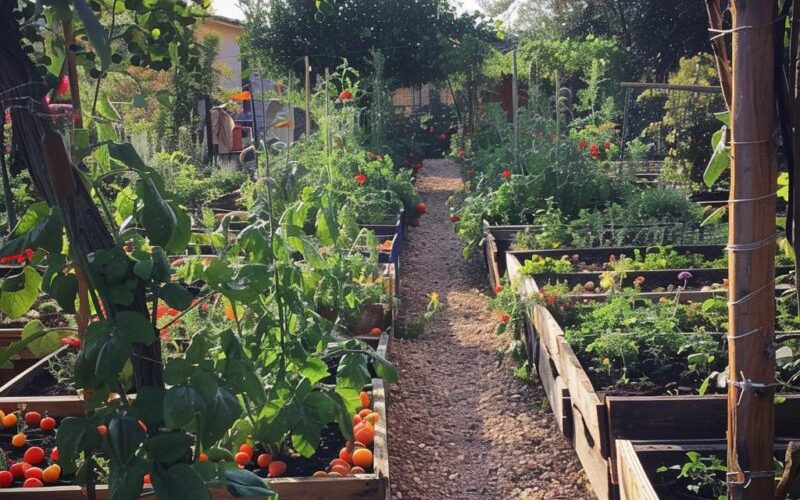Organic gardening brings numerous benefits for both health and the environment, and it’s becoming a more popular choice among gardeners everywhere.
At its heart, organic gardening means growing plants without synthetic fertilizers or pesticides, instead depending on natural processes that foster ecological balance and biodiversity.
Let me share with you what this concept is all about.
Setting Up Your Organic Garden
The first step in establishing an organic garden is selecting the right location. A suitable spot is crucial for plant health and ease of maintenance.
Key factors to consider are:
| Factor | Importance | Considerations |
|---|---|---|
| Importance of Sunlight | Crucial for photosynthesis and plant growth. | Ensure six hours of sunlight; consider afternoon shade in hot climates. |
| Considering Shade | Prevents bolting and heat stress in sensitive plants. | Use structures for shade, especially important in areas with intense sun. |
| Proximity to Water | Essential for easy watering and plant health. | Locate near water sources; consider rainwater systems or hoses if not naturally available. |
| Soil Quality | Foundation for plant nutrition and health. | Test and amend soil with organic matter to improve structure and fertility. |
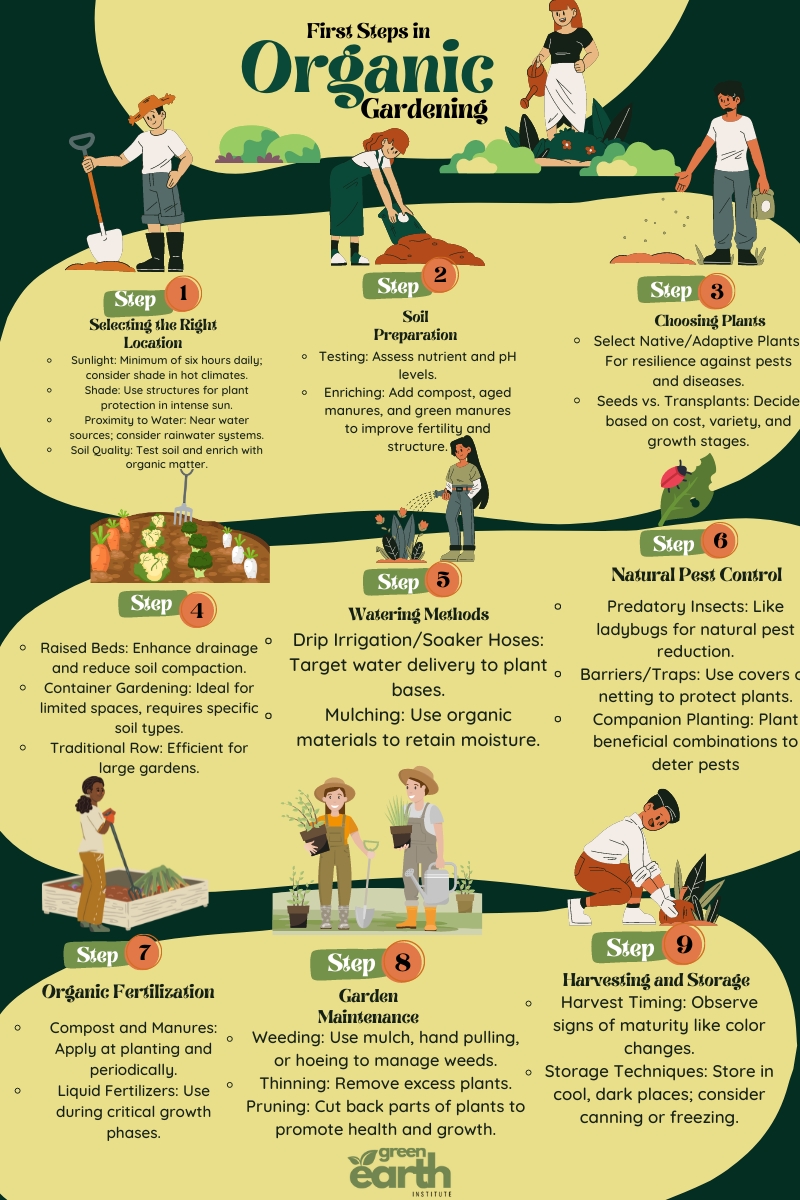
Soil Preparation
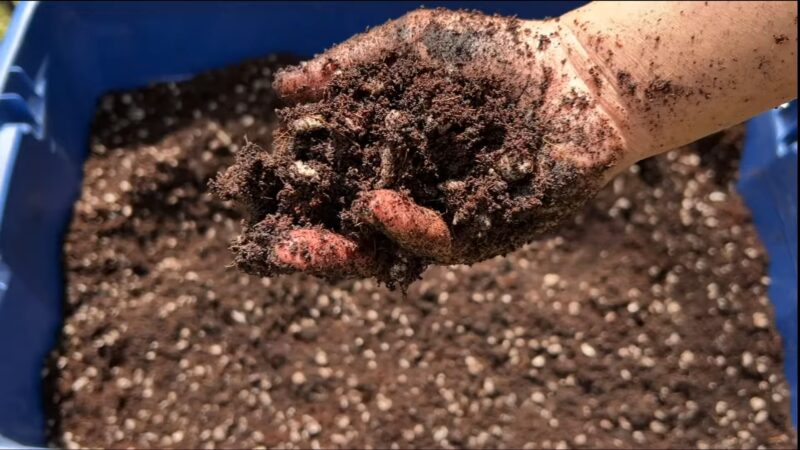
Soil is the foundation of your garden and that’s why this aspect deserves its own part. Healthy, fertile soil is vital for organic gardening.
Start by testing your soil to understand its current nutrient and pH levels.
You can enrich your soil organically by adding compost, aged animal manures, green manures (cover crops), and other organic matter.
These additions improve soil fertility, structure, and water retention, and encourage beneficial microbial activity.
Fundamentals of Organic Planting
Organic planting has a couple of core principles you should be aware of.
Selecting Suitable Plants
Choosing the right plants is crucial for the success of an organic garden.
Focus on native and regionally adaptive plants, as they are more likely to thrive in your local conditions without extra inputs.
These plants are better equipped to resist pests and diseases naturally, reducing the need for interventions.
Seeds vs. Transplants
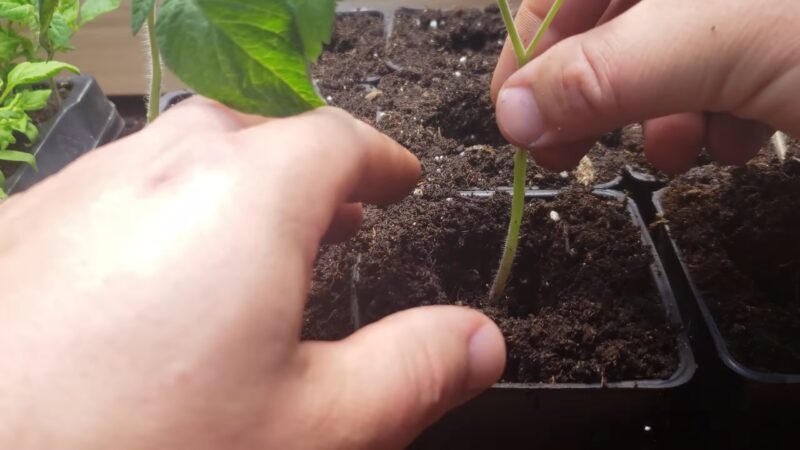
For those new to gardening, choosing between seeds and transplants can be a significant decision.
Each option has its advantages and considerations:
- Seeds:
- Pros: Generally less expensive than transplants, seeds offer a broader selection of plant varieties.
- Cons: Seeds require more time and attention in their initial stages.
- Transplants:
- Pros: These are young plants that have already begun their growth, making them more robust.
- Cons: Transplants are more expensive and offer fewer varieties compared to seeds.
Organic Gardening Techniques
Of course, gardening without utilizing several techniques is not fruitful, let’s say. I will provide you with the ones I found to be the most beneficial.
Planting Strategies
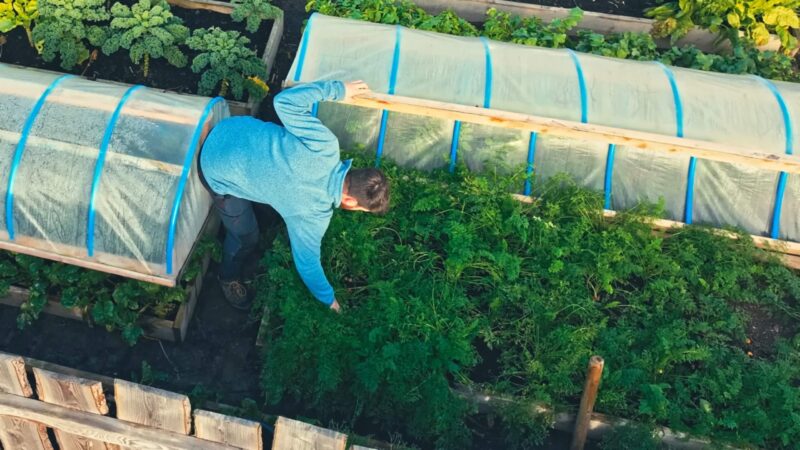
Adopting the right planting strategies is essential to maximize the use of available space and resources in your organic garden.
The strategy you choose can significantly influence both the health of your plants and the overall productivity of your garden.
| Planting Strategy | Description | Benefits | Considerations |
|---|---|---|---|
| Traditional Row Planting | Straight line planting for large-scale gardens. | Simplifies processes and aids pest control. | Less efficient in small gardens. |
| Raised Beds | Soil elevated in framed beds. | Improves drainage, reduces compaction, extends season. | Requires initial setup and materials. |
| Container Gardening | Uses containers for various plants in small spaces. | Flexible sunlight management supports diverse plants. | Needs frequent watering and specific soils. |
Watering Methods
Proper watering is critical in organic gardening to maintain plant health without wasting resources.
- Drip irrigation and soaker hoses systems deliver water directly to the base of the plant, where it’s needed most.
- Applying organic mulch around plants helps to retain soil moisture by reducing evaporation.
Natural Pest Control
In organic gardening, maintaining plant health and managing pests without synthetic chemicals is a priority.
| Pest Control Strategy | Description | Benefits |
|---|---|---|
| Predatory Insects | Utilizes beneficial insects like ladybugs and lacewings. | Reduces pest intervention naturally. |
| Barriers and Traps | Employs physical barriers (e.g., covers, netting) and traps. | Protects plants, chemical-free control. |
| Companion Planting | Involves planting beneficial combinations to deter pests. | Promotes natural pest management. |
Organic Fertilization
Choosing and applying the right type of organic fertilizer is crucial for maintaining soil fertility and plant health.
| Category | Types of Organic Fertilizers | Timing of Application |
|---|---|---|
| Compost | Decomposed organic matter | Apply at the start of the season and periodically throughout |
| Manures | Aged animal manure | Apply before planting and sparingly to avoid burn |
| Liquid Organic Fertilizers | Fish emulsion or seaweed extracts | Apply during critical growth phases or as needed |
Growth and Care
Maintaining a healthy organic garden requires consistent attention and care. Regular maintenance tasks such as:
- Weeding
- Thinning
- Pruning
These are critical to the vitality of your garden, ensuring that your plants have the best conditions for growth and productivity.
Weeding
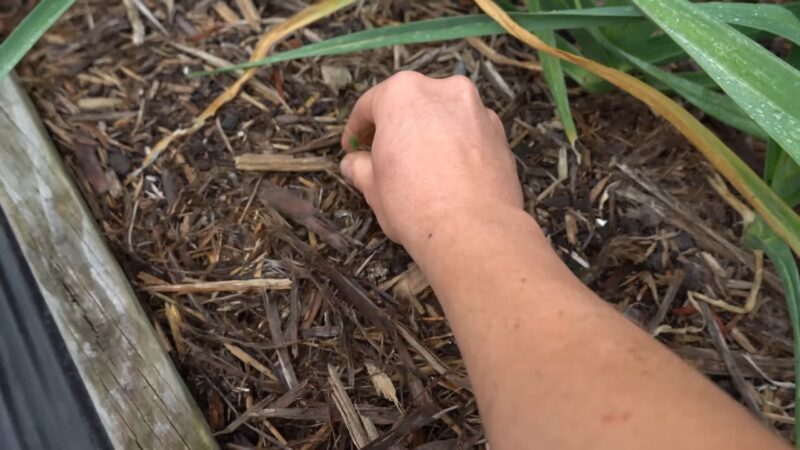
Weeds compete with your plants for essential resources like light, water, and nutrients, and can often harbor pests and diseases. Effective weed management is thus crucial in an organic garden.
- Mulching: Applying a layer of organic mulch such as straw, bark, or leaf mold around your plants can significantly reduce weed growth by blocking light weeds that need to germinate.
- Hand Pulling and Hoeing: Regularly removing weeds by hand or with a hoe before they set seed can help keep your garden clear without the need for chemical herbicides.
Thinning
Thinning is the process of removing excess plants from the garden, which can be necessary when plants are initially sown too densely. This is especially common with direct-seeded vegetables like carrots and beets.
- Ensuring Space: Proper thinning ensures that each plant has enough space to develop fully.
- Air Circulation: Adequate space between plants also promotes better air circulation, which is important in preventing the growth of molds and fungi.
Pruning
Pruning involves cutting back parts of plants to improve their shape, remove dead or diseased material, and promote healthier growth.
- Managing Plant Size: Pruning helps control the size of plants, making them more manageable and often more productive.
- Improving Air Circulation: By removing excess branches and leaves, you enhance airflow, crucial for reducing disease pressure in the garden.
- Stimulating Growth: Pruning can also encourage the development of new, healthy growth, which can lead to more flowers and fruits.
Dealing with Common Issues
Effective management of common pests and diseases in organic gardening hinges on vigilance and prompt action. Regular monitoring of your garden is essential to detect early signs of infestation or disease, which can often be controlled more easily when caught early.
Managing Pests and Diseases
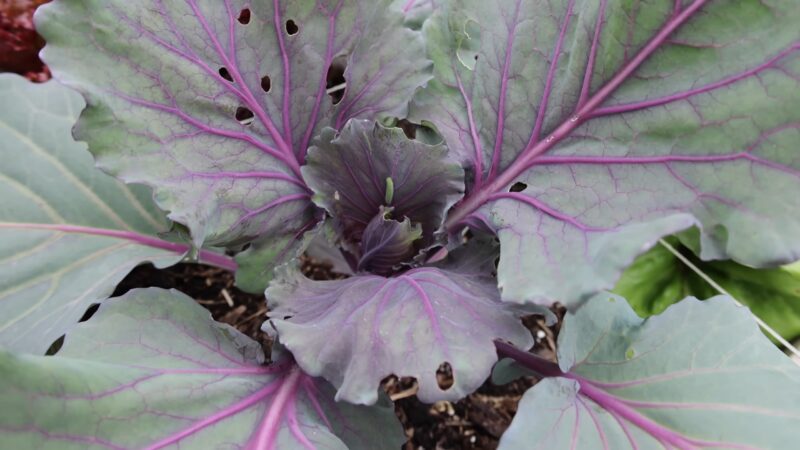
- Physical Removal: Inspecting plants regularly and physically removing pests or infected parts can prevent the spread of disease and minimize pest populations.
- Organic Treatments: Applying organic treatments such as neem oil or insecticidal soaps can effectively manage a wide range of pests and diseases.
- Environmental Controls: Altering the garden environment can also deter pests and diseases.
Harvesting What You Produce
The timing of harvest is critical to ensure the best flavor and nutritional quality of your organic produce. It’s essential to recognize the optimal time for harvesting different vegetables and herbs, which can significantly enhance both the taste and storage life of your crops.
Signs of Readiness for Harvest
- Many fruits and vegetables display clear visual cues such as size and color changes that indicate maturity.
- Certain produce like melons can be tapped for a hollow sound, indicating ripeness, while others, like peas, should be firm to the touch.
Post-Harvest Storage Techniques
- Most harvested produce benefits from being stored in cool, dark environments to slow down the processes of decay and ripening.
- Techniques such as canning, freezing, and drying not only extend the shelf life of your produce but can also preserve the nutrients and flavors.
Final Reflections
Baby steps are always hard and require patience. There’s no reason why someone should expect a difference with organic harvesting.
With that in mind, having the right mindset is of the utmost importance. Still, having the proper knowledge is the most important one by far.
I hope my insights will help you in that regard.
Harley Wilson, from Vermont, carries on a family legacy of organic farming, with a focus on supporting pollinators. Inherited his farm from his grandfather, his dedication to the land Harley also teaches his children the value of hard work through hard work.
Related Posts:
- Top 9 Organic Gardening Tips for New Enthusiasts
- Why You Should Give Up Going To The Supermarket For Veggies
- The Journey of a Thousand Miles Begins with a Single…
- Feasting on Fast Food vs. Organic Meals: Decoding…
- How to Maximize Space in Your Organic Garden
- Disease Prevention in Organic Farming - A Beginner’s…

